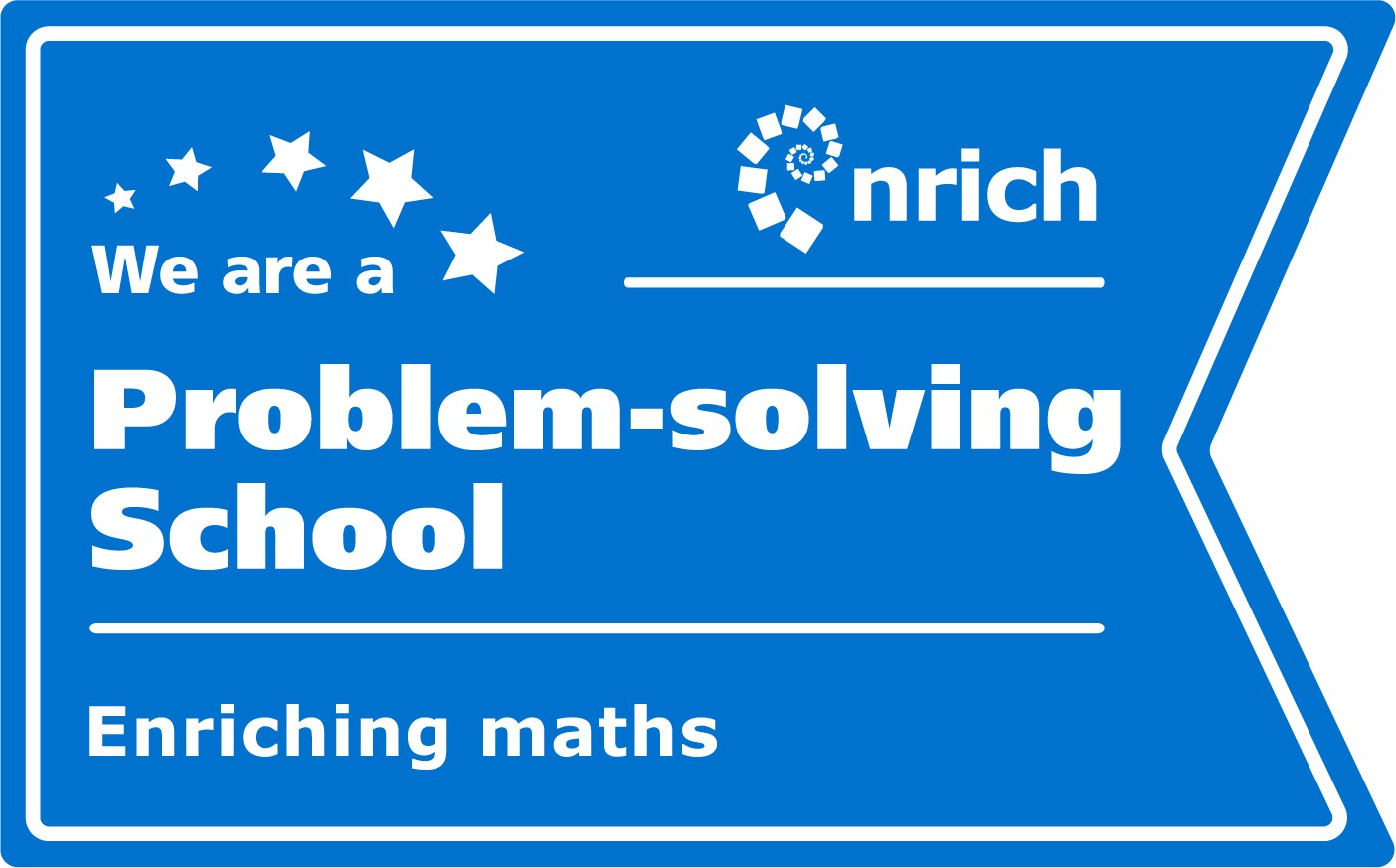Art
Art Whole School Overview
art whole school overview old example with skill progression.pdf
Overview
At Lodge Primary School, we are committed to providing an ‘arts rich curriculum’ for our pupils. Art and design is a key area of our curriculum and plays an important role in providing a creative outlet where children can express themselves and think freely. Our curriculum aims to provide children with the knowledge, skills and techniques to grow into independent, resilient, ambitious and inspirational artists of the future.
We will provide opportunities for our pupils to:
- use a variety of materials, tools and techniques safely, experimentally and with increasing confidence
- develop a range of art and design techniques in using colour, pattern, texture, line, shape and form
- improve their mastery of art and design techniques, including drawing, painting and sculpture with a range of materials (Key Stage Two)
- express their own responses, feelings and ideas using visual, tactile, verbal and written means where appropriate
- develop an increasing knowledge and understanding of the contribution of artists, designers and craft makers to cultures past and present
- develop their own unique and personal ideas
Intent
Our intent is to provide children with the opportunity to explore, experiment and be inspired by a range of different art forms, artists, designers and craftspeople. Children are encouraged to learn about famous artists from a range of diverse backgrounds, to look at, evaluate and critique their work and use acquired skills and knowledge to develop their own creations.
Art at Lodge Primary is practical and ‘hands on’ and encourages involvement from all children. We invite children to be proud of their own work, showcasing it in their classrooms, to their peers and teachers, as well as making comments about the work of others around them; developing the children’s oracy within the art curriculum.
The skills and knowledge that children develop throughout each art strand, has been carefully mapped out across the year to ensure coverage and a depth of experience.
At Lodge Primary, we want our children to enjoy art! We place no limit or barrier to what the children can achieve and aim for them to leave us with the aspiration of becoming confident and inspired artists of the future.
Implementation
|
Carefully planned Curriculum |
Children are presented with a cycle of lessons for each topic, which carefully plans for progression and depth.
|
|
Subject specific vocabulary |
Key vocabulary is explicitly taught to the children at the beginning of the unit and children have the opportunity to apply the vocabulary taught when commenting on their own and an artist’s work. |
|
Provision in EYFS |
Children are given a secure grounding in the Prime Areas of learning, ensuring they have a good foundation on which to build through the specific areas, including expressive arts and design. |
|
Sketch books |
Children will use sketchbooks to record their observations and use them to review and revisit ideas, recording their ideas through drawing, writing and photography. Children are able to creatively express themselves through use of their sketch books. They have full autonomy on how they choose to represent their work in them. |
|
Assessment |
Class teachers assess children’s understanding in art and design by using assessment indicators and this is then recorded on our school Assessment Tracker. This data is then analysed to improve the children’s learning. |
|
Teaching |
High quality teaching responds to the needs of children. High quality teaching will develop their mastery of art and design techniques, including drawing, painting and sculpture with a range of materials for example, pencil, charcoal, paint and clay. |
Impact
The children of Lodge, regardless of abilities and backgrounds achieve well in art and design and this is reflected in good progress that reveals a clear learning journey. SEND children are supported through adapted learning activities. Pupils are encouraged to ‘appreciate and interpret what they observe, communicate what they think and feel, or make what they imagine and invent’. This is done to ensure that art and design is both intellectually challenging and creatively demanding. The main objective is for children to investigate, experiment and overall have fun with their creativity.
Children are able to talk enthusiastically about their learning in Art and Design using and applying vocabulary that has been taught in previous year groups along with new vocabulary that is introduced and embedded throughout each unit. All lessons provide clear outcomes that focus and guide all Art and Design development plans and drive improvement.
The outcomes of children are monitored by the class teacher and subject lead through assessment and marking, tracking, book scrutiny and pupil conferencing. Children will develop a wide range of art and design techniques in using colour, pattern, texture, line shape, form and space, experimenting with and refining their use of different materials. Children will be able to write/think and talk about art (in terms of the formal elements colour, line, tone, shape, pattern, texture) and be able to record their ideas (drawing from observation). Children will become proficient in drawing, painting, sculpture and other art, craft and design techniques, producing creative work, exploring their ideas and recording their experiences. They will also be able to evaluate and analyse creative works using the language of art, craft and design.
Children will be able to develop ideas from looking at the work of others and famous pieces of artwork giving opinions. They will develop the key skills of commenting, adapting, exploring, collecting and responding. Through wider reading in art and design, children will know about great artists, craft makers and designers, and understand the historical and cultural development in their art forms. The impact of our art and design curriculum is that it equips our children to be risk takers, evaluators, to be reflective and engaged learners with the ability to make the right choices that will have a positive life-long impact.

